37 F. high in the Twin Cities Thursday.
47 F. average high on March 26.
40 F. high on March 26, 2014.
0" snow on the ground in the Twin Cities (at MSP International Airport).
March 27, 1946: A record of 78 is set at Redwood Falls.
An Easier Spring
We
all get lost in our bubbles, our personal travails, indignities and
daily dramas. Weather perception often trumps reality, it seems worse
than it is.
This past winter was a bargain compared to last year.
Early March 2014 MSP saw as much as 21 inches of snow on the ground.
This year: 2 inches. A year ago 3 feet of frost was in the ground. This
year: less than a foot. Snowfall of 32.1 inches is roughly half the 62.7
inches that fell last winter, to date.
Tim Elrod asks "Does a
double El Nino mean an extra hot drought in the Midwest this summer?" If
I had the definitive answer to that question I'd be hanging out with
Sir Richard Branson. My sketchy, semi-educated, almost reliable hunch?
2015 may bring a warmer, drier bias, based on a persistent El Nino warm
phase in the Pacific and an apparent southward shift to the jet stream. I
fear we'll be talking about drought much of the year. My confidence
level is low - I hope I'm wrong.
Today will be a fine day (for
mid-February) with a hint of spring returning by Saturday. No snow in
sight; the atmosphere mild enough for rain Sunday, again next Wednesday.
A few 60s are likely early next week.
Spring is coming, slowly but surely.
Perfectly Normal - For Mid February.
Today will feature a fleeting temperature relapse, readings 10-15F
colder than average with highs in the mid 30s. 70s are tantalizingly
close. I can't promise 70F but low 60s are possible early next week. 4
pm temperature forecast for Friday courtesy of NOAA and Ham Weather.
Hints Of Spring Next Week.
Today will be chilly; temperatures stuck in the 30s, but Pacific air
returns early next week with highs clipping the 60-degree mark before
cooling down again late next week. The atmosphere is warm enough for
rain showers, especially the middle of next week. Graphic: Weatherspark.
A Slow Northward Retreat.
Long range guidance (GFS) continues to show a slow northward shift to
the coldest air; more of a moderate, zonal flow by April 9. Winds at 500
mb (18,000 feet) are forecast to blow from Seattle and Vancouver,
meaning highs close to average. Credit: GrADS:COLA/IGES.
Moore, Oklahoma: Tornado Magnet. The Washington Post's
Capital Weather Gang
has a good summary of Wednesday's tornado outbreak, and speculates on
why the southern suburbs of Oklahoma City have been struck so often in
recent years: "...
Other than the fact it lies in the heart of tornado alley, there is no clear reason why Moore keeps getting hit by tornadoes. Studies have shown
urban environments can sometimes enhance rain from thunderstorms
downwind of cities (and Moore is just south of Oklahoma City), but
little work has been done to determine if cities impact tornado
formation..."
Tornado Seasons Like The Ones You're Used To Could Be Changing, New Studies Find. Here's the intro to a story at
weather.com: "
When
eliminating (E)F0 tornadoes from yearly counts, which have steadily
risen over the past few decades due to more extensive spotter networks,
the implementation of Doppler radar, and advanced technology such as
smartphones and social media, there is essentially no long-term yearly
trend in the raw number of (E)F1 and stronger tornadoes. However, the
number of days with at least one (E)F1+ tornado in the U.S. has fallen
from an average of 150 such days in the early 1970s to around 100 days
in the first decade of the 21st century, according to an October 2014 study in the journal Science..."
Graph credit above: "
EF-1
Tornado Days and Active Tornado Says. Number of days each year with at
least one (E)F1 tornado (black squares) and more than 30 (E)F1 tornadoes
(gray triangles) from 1954-2013. Average over each decade indicated by
large dots and line plots."
(Brooks et al. 2014)
Snowflakes Aren't Even Like Themselves, New 3D Images Reveal. Here's an excerpt of an interesting article from LiveScience and
Yahoo News: "
You've heard that no two snowflakes are alike, but it gets even more complicated: The two sides of the same snowflake
aren't even alike. Now, researchers using a cutting-edge 3D camera are
able to use these imperfections to update estimates of road slickness
and other storm impacts, improving winter weather warnings in real time
and saving lives..."
Troubled National Weather Web Sites Among Government's Most Popular. Here's a clip from an Andrew Freedman story at
Mashable: "...
Uccellini
readily admitted that the NWS' warning and forecast dissemination
system "is broken." “We are very aggressively trying to replace our
dissemination system,” he told Mashable last year. “I’m not walking away
or trying to hide.” The NWS has been prevented from developing its own
mobile apps because of statutes that forbid it from competing with the
private weather sector..."
When It Comes To Nature's Public Enemy Number One, The Mosquito Is A Modern Monster. You're preaching to the choir - here's a clip from
The Australian: "
They
are the answer to the classic quiz question: “What is the most deadly
animal on earth?” By the time contestants have debated the demerits of
tigers, cobras and great white sharks scores of victims of the real
worst killer will have died and other people will have been infected by
the diseases it spreads. The mosquito goes about its deadly business
every day, moving infections around that kill hundreds of thousands of
humans every year.."
Photo credit above: "
Exotic mosquitoes like this ‘Asian tiger’ are heading to the UK."
Australian government, CC BY
TODAY: Cold sun, touch of February. Winds: N 5-10. High: 36
FRIDAY NIGHT: Partly cloudy. Low: 23
SATURDAY: Windy, turning milder with more clouds than sun. High: 44
SUNDAY: Mild breeze, rain showers likely. Wake-up: 34. High: 53
MONDAY: Intervals of sun, springy. Wake-up: 31. High: 57
TUESDAY: Partly sunny, pleasantly mild. Wake-up: 41. High: 62
WEDNESDAY: Balmy, few T-storms possible. Wake-up: 48. High: 63
THURSDAY: Mostly cloudy and cooler. Wake-up: 43. High: 52
Climate Stories...
Meet The Cool Beans Designed To Beat Climate Change.
NPR has a story of innovation and adaption; here's a clip: "
A
planet that is warming at extraordinary speed may require extraordinary
new food crops. The latest great agricultural hope is beans that can
thrive in temperatures that cripple most conventional beans. They're now
growing in test plots of the International Center for Tropical Agriculture,
or CIAT, in Colombia. Many of these "heat-beater" beans resulted from a
unique marriage, 20 years ago, of tradition and technology. The
matchmaker was a Colombian scientist named Alvaro Mejia-Jimenez. But for
almost two decades, his innovation sat on the shelf, unused..."
Photo credit above: "
Steve Beebe, leader of CIAT's Bean Program, in a field of experimental bush beans at CIAT's headquarters in Colombia.
" Courtesy of CIAT/Neil Palmer.
 Tropics Getting Warmer: Sign of Warming Times? Discovery News
Tropics Getting Warmer: Sign of Warming Times? Discovery News
has the research, which mirrors what we're seeing in northern
latitudes: fewer storms during the warm months, but the storms that do
form tend to be larger with more intense rainfall: "...
Tan's group, along with NASA, published the study.
Thunderstorms play a key role in tropical weather. Thought they occur
just 5 percent of the time, researchers said, they account for about
half of the rainfall in the tropics. "What we are seeing is more big and
organized storms and fewer small and disorganized storms," Tan said..."
Image credit above: "
Large thunderstoms in the tropics are becoming more common -- and small storms less so -- increasing total rainfall." Earth Science and Remote Sensing Unit, NASA Johnson Space Center.
Ted Cruz Compares Climate Change Activists to "Flat Earthers". Where To Begin? Here's an excerpt from an Op-Ed at
The Washington Post: "...
First,
Cruz conflates the science of climate change with the politics of
climate change. Scientists don't scream, "You're a denier." They point
to the scientific evidence that human activity is leading to climate
warming -- the evidence of which is overwhelming. (Here's the international version and the U.S. version.)
There is no "evidence that disproves their apocalyptical claims,"
because if there were, scientists would abandon the theory. That's how
science works..."
How Should Journalists Treat Candidates Who Deny Climate Change? Here's an excerpt from
The Los Angeles Times: "...
Climate
change denial, at its core, is an economic position, not scientific.
Reporters who take a basic "follow the money" approach soon discover
that their path leads them to fossil fuel interests. The oil and gas
industry was the second-largest source of campaign donations to Cruz, at $1.1 million in 2011-14, according to the Center for Responsive Politics. It's the leading donor to Sen. James Inhofe (R-Okla.),
the Senate's top climate change denier, making $576,000 in
contributions since 2009. (The second-largest donor: the utility
industry, at $278,000.)..."
How American Journalists Deal With Climate Deniers.
Grist has the story.
The Real Cost of Coal.
The fundamental problem right now: the true cost of burning coal (and
other fossil fuels) is not being factored into the markets. Fossil fuel
companies are getting a free pass by being able to pump as much CO2 into
the atmosphere as they want. Here's a snippet of an Op-Ed at
The New York Times: "...
This
failure by the government to collect fair value for taxpayer coal is
made more troubling by the climate-change implications of burning this
fossil fuel. Taxpayers are already incurring major costs in responding
to the effects of global warming.
Coastal infrastructure is being battered by sea rise and storm surges;
forests are being devastated by climate-aided pest infestations; and
studies are suggesting that temperature rises have increased the
likelihood of devastating droughts in California..."
Scientist Says Florida Wasting Time Debating Climate Change. The scientist is Dr. Neil deGrasse Tyson, and here are recent comments, courtesy of
HeraldTribune.com: "
Renowned
scientist Dr. Neil deGrasse Tyson called Gov. Rick Scott's ban on
official use of the terms “climate change” and “global warming”
astonishing and disappointing, and held voters responsible for electing
Scott and other like-minded politicians to office. “I thought as a
nation we were better than this,” Tyson said. People like to blame
politicians, he said, but the challenge is educating the electorate..." (Image: NASA).
U.S. Is Laggard Among Developed Nations In Understanding Climate Change. InsideClimate News has an interesting article; here's an excerpt: "...
Capstick
and his colleagues found that during the 1980s and 1990s, there was
increasing awareness and public concern about the issue around the
globe. In many countries, skepticism about the scientific evidence of
climate change took hold late in the following decade, and climate
quickly became a partisan issue largely because of the global recession
and concern that taking action would hurt economies. But while most
countries have since moved away from this partisan divide, the political
split over climate change has only widened in the U.S., Capstick said.
This reflects fossil fuel-funded denial campaigns and the widening
ideological divide between conservative and progressives in the U.S.
Australia and the U.K. have similar divides..."
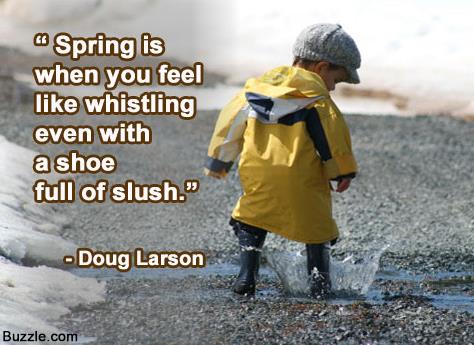
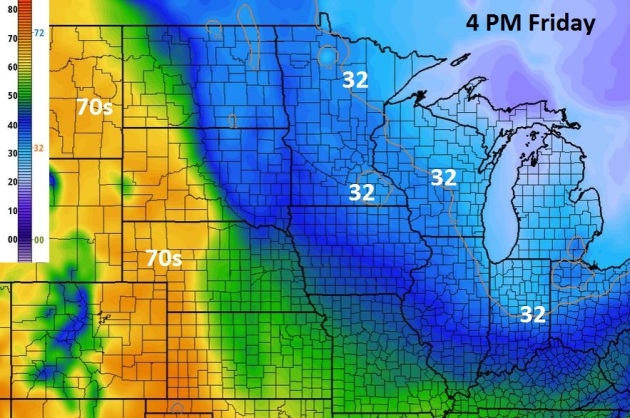
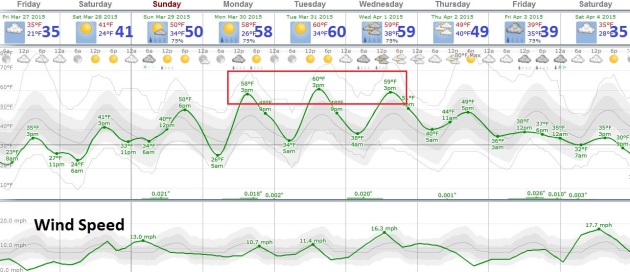
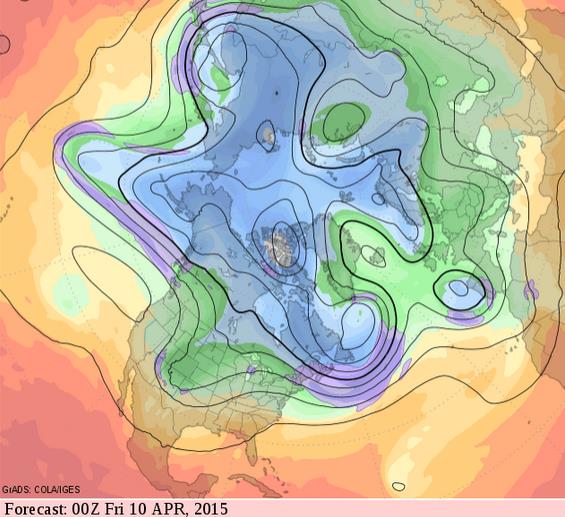
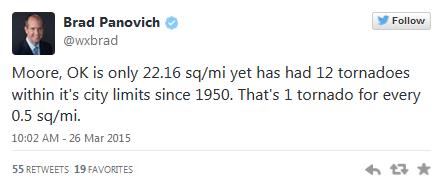


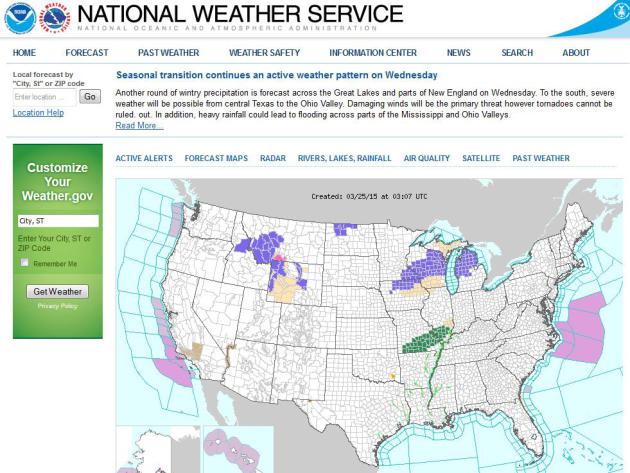
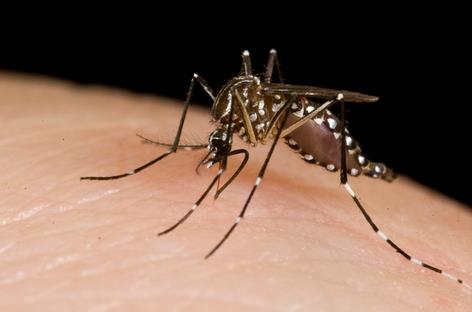






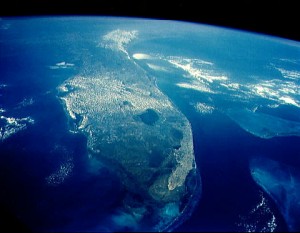

No comments:
Post a Comment